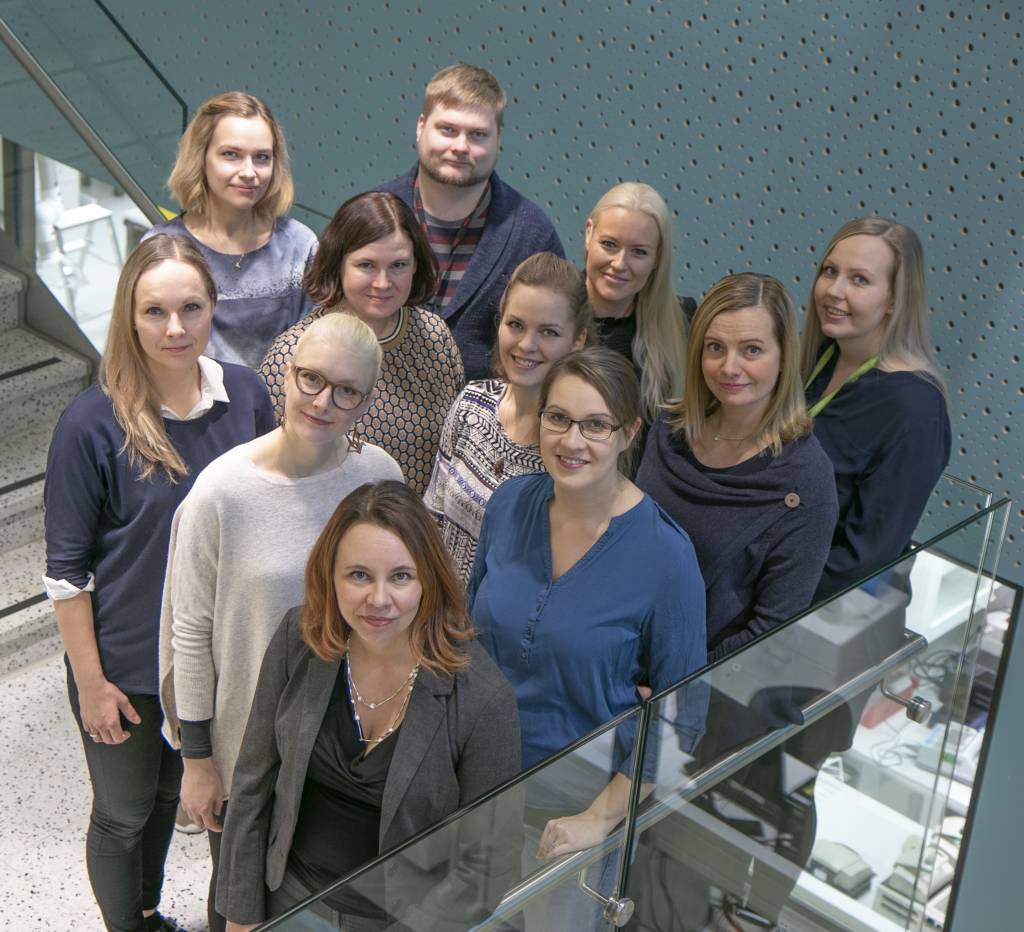Vision is our mission
Human pluripotent stem cells (hPSC), including embryonic (hESC) and induced pluripotent stem cells (iPSC), are a promising source of cells for tissue engineering applications, and the first clinical trials using these cells to treat retinal and corneal diseases are currently ongoing. However, some major challenges still exist in understanding the differentiation and function of these cells in order to enable their safe and effective translation into a clinical practice.
The main research aim for the group is to develop novel stem cell-based tools for the corneal and retinal repair through cell transplantation and ophthalmic in vitro tissue models that can be used to model human specific eye disorders. Severe ophthalmologic diseases, such as age-related macular degeneration (AMD) severely decrease the patients’ quality of life. On the other hand, hereditary retinal and corneal diseases and corneal traumas most commonly affect children and active young adults. We wish to use our expertise with important collaborators to help these patients.
Ongoing research
Retina research
Retinal pigment epithelial cells (RPE) have several important functions for vision and we have demonstrated that hPSC-derived RPE cells resemble their native counterpart by having extensive pigmentation, RPE morphology and expression of RPE specific genes and proteins. These cells are shown to be functional with the ability to phagocytose photoreceptor outer segments in vitro, to form a fully maturated and highly polarized epithelium during prolonged culture, and to express functionally active proteins typical to RPE cells. We use this cell model for studying retinal diseases and we also continuously strive for developing our cell production technologies towards clinical applications.
Cornea research
One of our important discovery in cornea research is a novel, efficient and reproducible method to differentiate limbal stem cell (stem cells responsible for corneal epithelial renewal in the healthy eye) from hPSC and work related to their molecular and functional characterisations. In addition, we are currently developing methods to produce corneal endothelial cells also from hPSCs. Both cell types have a high clinical potential and our long-term aim is to bring these cells towards clinical applications.
3D bioprinted human cornea
Our research group was the first to create parts of human corneas using 3D bioprinting technology and currently we are developing this emerging technology with aim to 3D bioprint full-thickness human corneas for therapeutic applications with fight against cornea blindness.
Learn more
Collaborators and Funding
We have many highly multidisciplinary collaborative research projects with several national and international research groups and companies joining clinical knowledge in ophthalmology, cell biology and several different areas of engineering sciences and technologies. As an example of our multidisciplinary collaboration is our research consortium in Genetic eye diseases (CoEiGED) and European COST action consortium (https://aniridia-net.eu/)
Our research is funded by Academy of Finland, Jane and Aatos Erkko Foundation, Sigrid Juselius Foundation as well as several other foundations supporting especially our researchers and doctoral students with personal grants. In addition, we are truly thankful for private donation that originally enabled our research aims with ophthalmological diseases.

